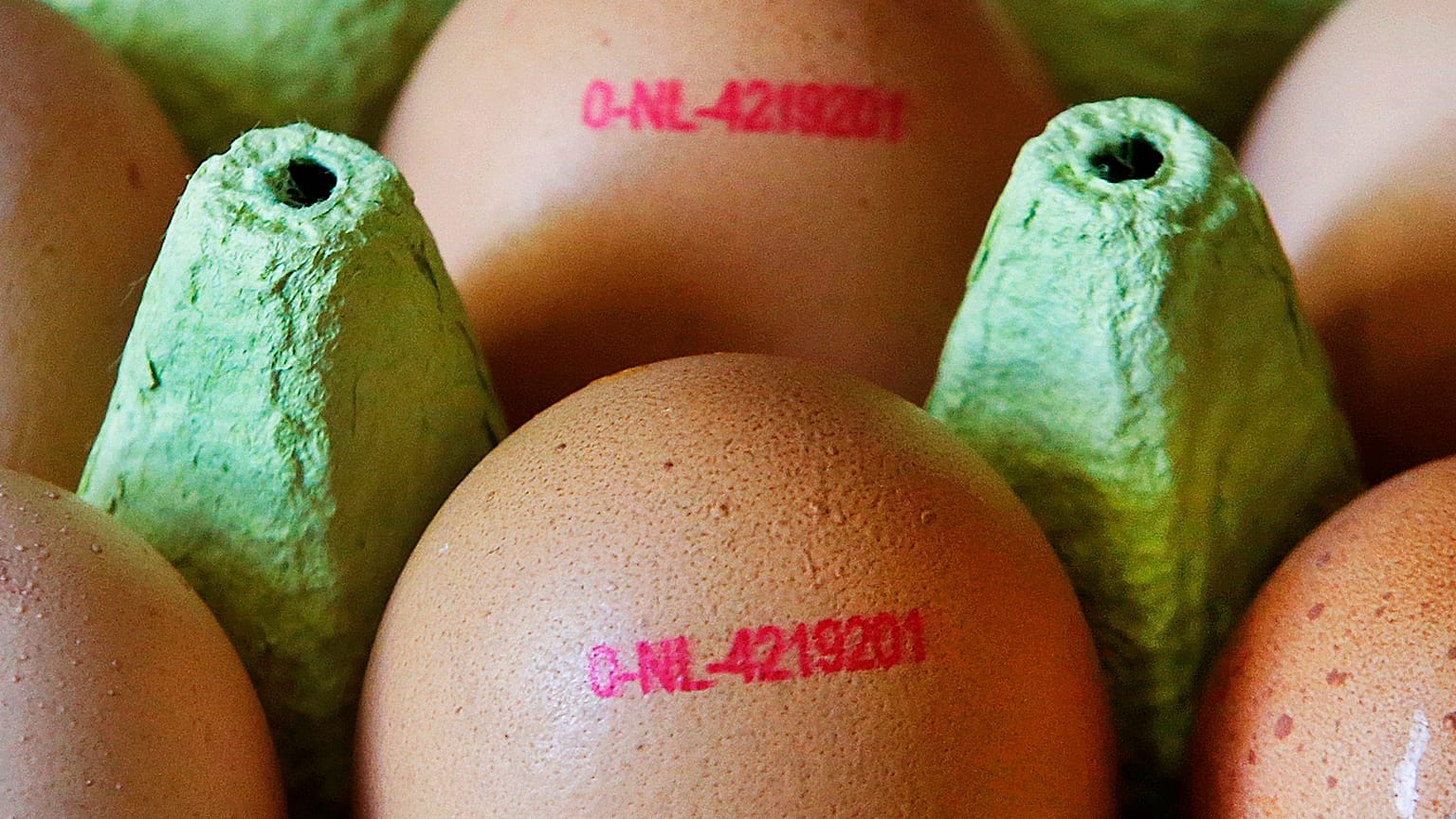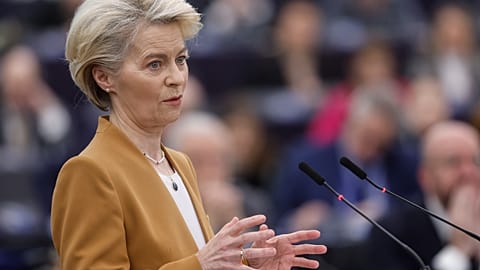Annual inflation across the eurozone fell from 8.5% in February to 6.9% in March, one of the steepest drops in recent years.
The health of the eurozone's economy continues to send mixed signals.
According to preliminary figures released on Friday, annual inflation across the eurozone fell from 8.5% in February to 6.9% in March, one of the sharpest drops in recent years.
At the same time, though, core inflation reached an all-time high of 5.7%, offering a stark reminder of how entrenched and intricate the phenomenon of rising prices has become.
Core inflation excludes the volatile prices of energy, food, alcohol and tobacco, and gives a more accurate diagnosis of the current state of the economy.
This indicator is closely watched by the European Central Bank to decide new increases in interest rates, which are meant to curb consumer demand and cool down prices.
A new hike by the bank is all but guaranteed after the latest reading: core inflation has never been this elevated since the introduction of the euro.
"Inflation sharply down in the eurozone. Good news!" Paolo Gentiloni, the European Commissioner for the economy, said in reaction to the flash estimate published by Eurostat.
"But core inflation remains high, driven by food and services."
For the first time in months, energy, one of the main drivers behind soaring prices, experienced a deflationary move, falling hard from 13.7% in February to –0.9% in March.
Europe's gas prices have been on a steady downward trend since the turn of the year, offering a much-welcome respite to households and companies.
Inflation for food and alcohol products, however, saw a fresh uptick, from 15% in February to 15.4% in March, the highest rate across the main categories.
One year ago, that same indicator was hovering around the 5% threshold.
Out of the 20 countries that use the single currency, six remain in the double-digit territory: Latvia (17.3%), Estonia (15.6%), Lithuania (15.2%), Slovakia (14.8%), Croatia (10.5%) and Slovenia (10.4%).
Luxembourg currently enjoys the lowest inflation in the eurozone, at 3%, whereas Spain's rate almost halved, falling from 6% to 3.1% in March.
Germany, Europe's largest economy, also saw a decrease, from 9.3% to 7.8% on annual basis. France's inflation rate was 6.6% while Italy's stood at 8.2% in March.
The numbers are still miles away from the 2% annual target pursued by the European Central Bank, whose main mission is to maintain price stability.
The aggressive interest hikes introduced by the Frankfurt-based institution have raised fears of economic distress for debt-ridden companies, banks and governments.
But despite the latest turmoil in the financial markets, ECB President Christine Lagarde has pushed back against this notion, insisting taming down inflation was paramount.
"There's no trade-off between price stability and financial stability," Lagarde told MEPs earlier this month.
"We're not compromising on one because of the other. We address them with different sets of tools."
This article has been updated.


















